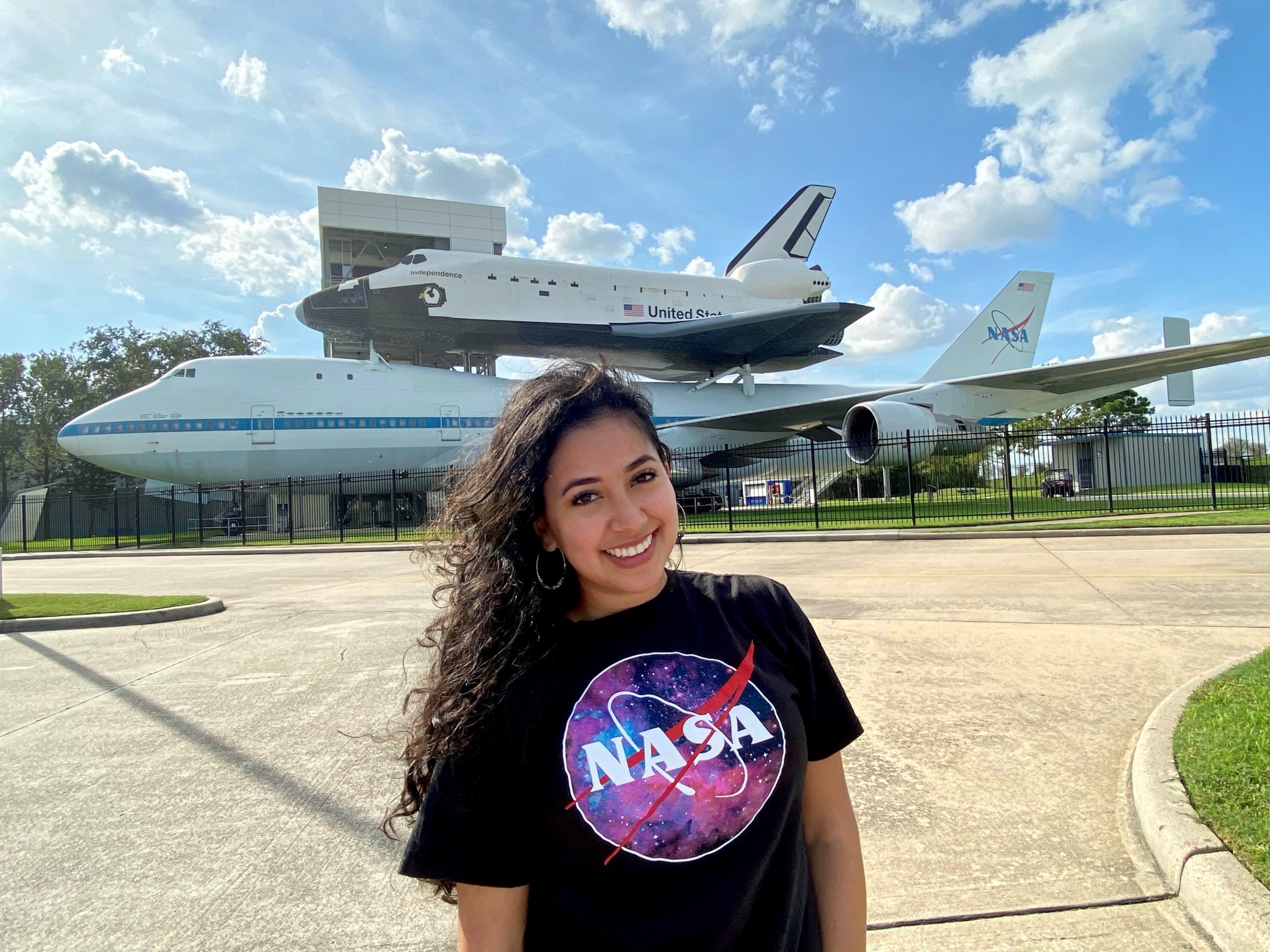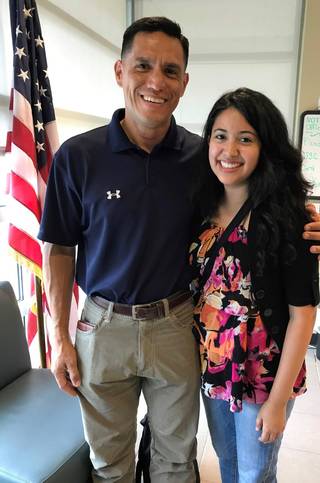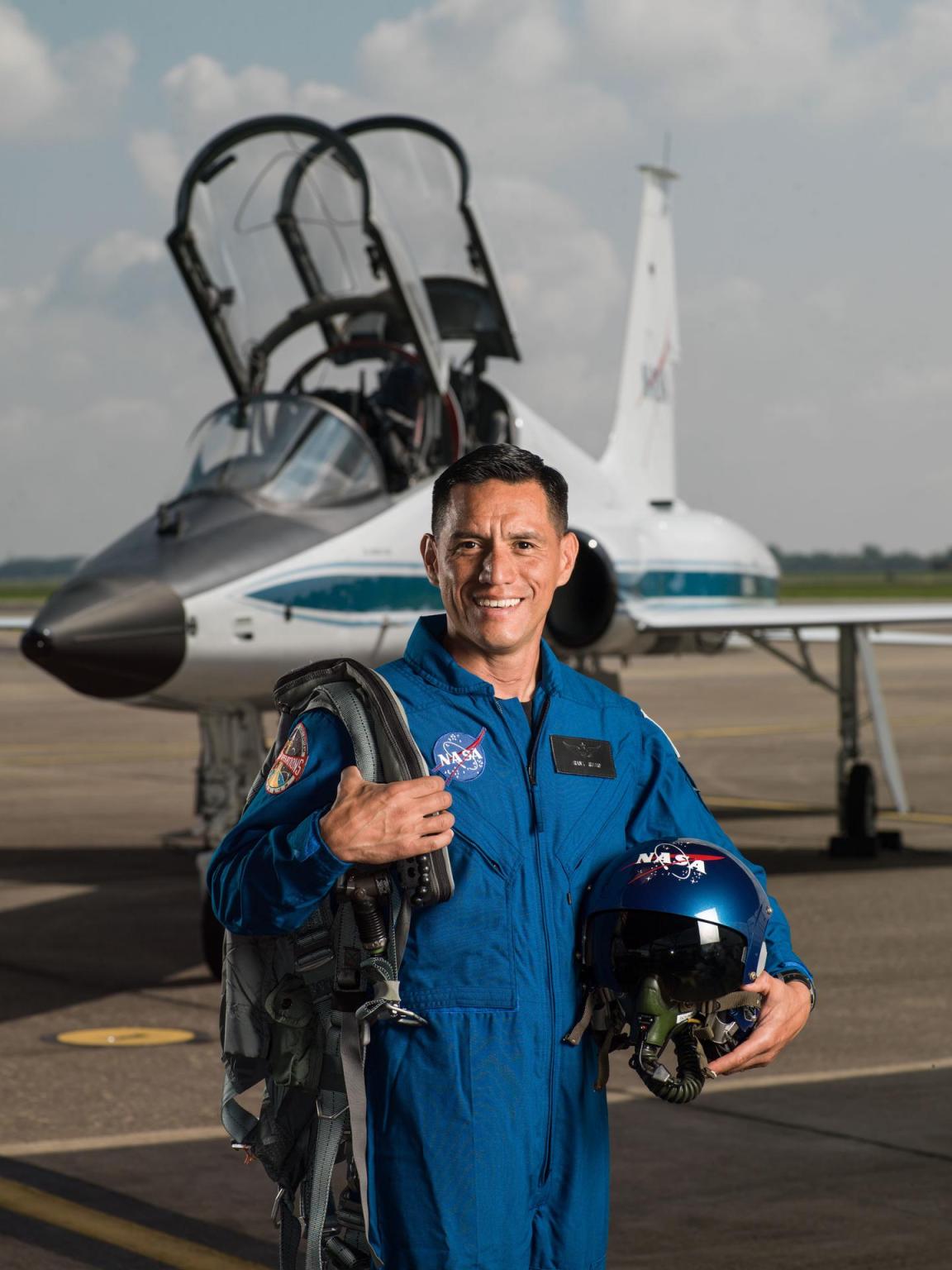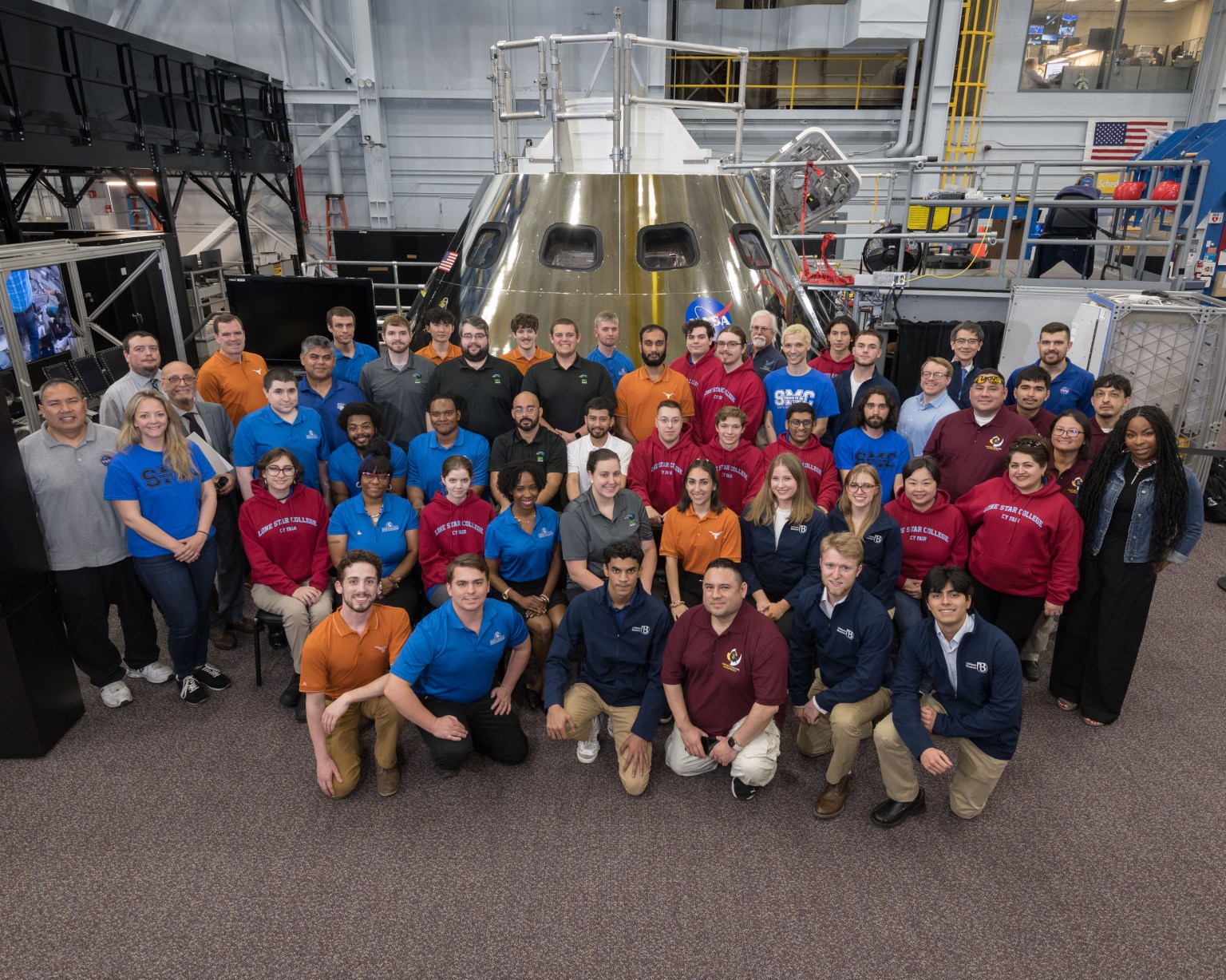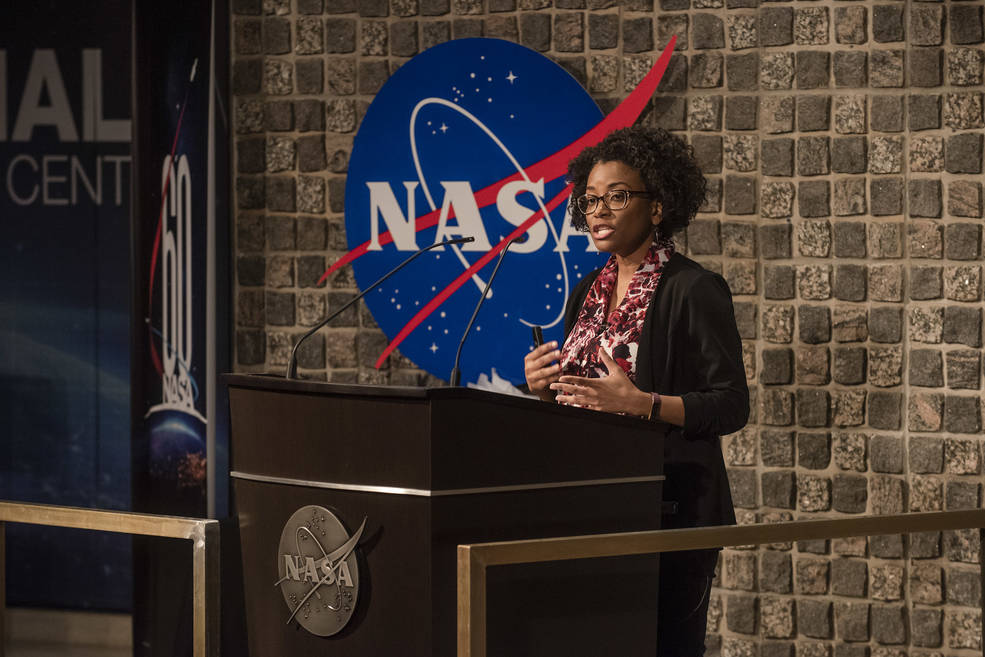Throughout high school, college and graduate school, NASA has been a consistent thread in Zaida Hernandez’s life.
Hernandez, who grew up in Houston, Texas, began at NASA as an intern at the Johnson Space Center (JSC) when she was a senior in high school. She would complete seven NASA internships before beginning her full-time job as an engineer in the structural engineering division at JSC supporting the VIPER (Volatiles Investigating Polar Exploration Rover) mission and the Orion spacecraft.
As she progressed through high school, she did well in calculus and was looking toward a career in engineering—possibly architectural engineering. When she was accepted in high school as a NASA intern, but placed within the Office of Education, she was initially confused how it could relate to a career in STEM.
But in fact, Hernandez said, it turned out to be “the best thing that ever happened.” Her internship mentor, who was in charge of the STEM Engagement internship program, set her up to shadow engineering interns so Hernandez could figure out what type of path she liked best.
While shadowing in other departments, Hernandez got to experience the Mission Control Back Room, the structures lab, and even time with the EVA spacesuits, which she would “fall in love with”. She would go on to apply for a future internship in the spacesuit division.
“I was a freshman in college and I got to work with the space suits,” Hernandez said. “That was a really cool internship.”
As she progressed throughout college, Hernandez transitioned from the OSTEM to Pathways internship programs—which provides students with work experience and development opportunities similar to a co-op. She expanded her skills in a variety of engineering arenas, from thermal engineering to structural engineering to working with a gravity simulator. She also met her husband—another former Pathways Co-op graduate student—at NASA.
In graduate school, Hernandez completed her Pathways internship, and was offered a full-time job at NASA upon completion of her graduate degree.
During the onboarding process, Hernandez had to get her picture taken for an ID badge, and she brought her mother along. After going through the ID procedures, Hernandez came out to find her mother in the lobby, along with Frank Rubio, the first Salvadorian astronaut, waiting for his own ID badge.
Hernandez, whose family is Salvadorian, couldn’t believe that Rubio—who had recently been announced as an astronaut candidate—was right there, so she and her mother pulled up pictures of him online and tried to confirm it was him. It was, and they talked about their Salvadorian heritage and him becoming an astronaut. They ended the exchange by taking a picture with him.
“That was probably one of the highlights of becoming a full time employee,” Hernandez said.
Although she had been an intern at the Johnson Space Center on and off for years, walking in for the first time as a full-time NASA employee was a surreal and “very proud moment,” Hernandez added.
Culture and Community
Hernandez grew up admiring Hispanic aerospace figures like Ellen Ochoa and Jose Hernandez, and was “really happy” to have the chance to interact with Rubio as well. Hearing their stories, Hernandez said, “was very relatable, and it made working at NASA achievable…”
While Hernandez was an intern, NASA established the Hispanic Heritage Employee Resource Group, which she joined, along with the Women Excelling in Leadership and Life group.
“Outside of my space hero role-models like Ellen, Jose and Frank, my parents and other Latino parents are my role models too,” Hernandez said.
Her parents fled El Salvador during their civil war in the 1980s, and she admires their drive and motivation.
“A big part of my motivation has been to make my family proud and give back to them as they have given me,” Hernandez said. “I am very proud of my culture and I hope my story inspires others and brings the message that Latinos do belong in engineering and science, and we belong in the space industry.”
In college, Hernandez was also involved in the Society for Hispanic Professional Engineers, and the Society of Women in Engineering, and she stressed the importance of finding a support group for women who want to work in STEM.
“I think there’s still not a lot of representation, so it’s important for women in STEM to kind of be pioneers,” Hernandez said. “You may not always have a close female mentor or even many women in your classes. But remember the pioneers, like Ellen Ochoa, for example, and what she was able to do. If STEM is something that you truly love, it’s important to just keep the end goal in mind.”


























